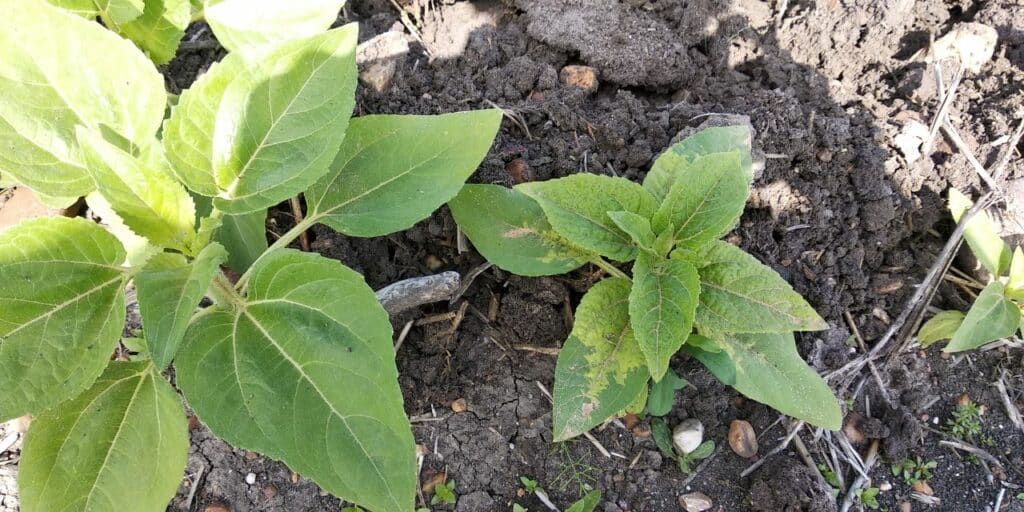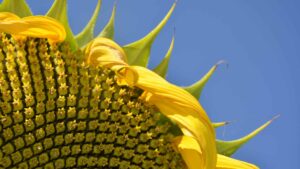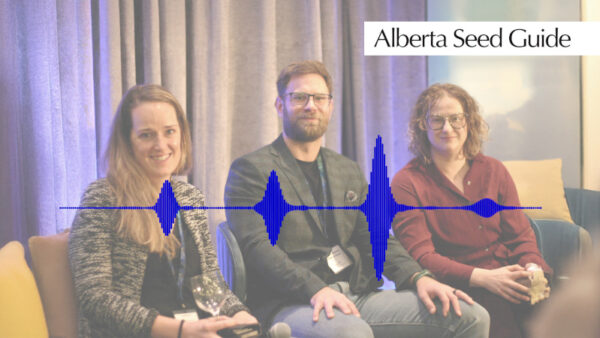Downy Mildew (DM) is a serious pathogen on sunflower, because when the pathogen infects the plant, there is no curative solution. So as soon as you see the visible part of the disease in the field (dwarf plants, yellowing on the leaves) you can no longer change the situation.
The main issue with this fungus is its capacity to evolve and today we are in a situation where we can see different races in different places. In addition, the pathogen can stay in the soil more than 10 years and reappear without warning.
About the damage, it depends on the situation, but downy mildew can destroy an entire field, even if this is really rare. If the conditions are good for the growth of this fungus (Plasmopara halstedii), such as rainy weather with a good temperature, a sunflower variety with a bad resistance or certain agricultural practices like a too short rotation, it can destroy a big part of the field. The effect on the final yield can be considerable when we have more than 10% of plants infected in the field.
Lidea has been driving a breeding program against sunflower DM for more than 30 years. It is, together with Orobanche resistance, oil content and yield capacity, among the main breeding goals in this crop. The challenge is to find the balance between all these criteria to have good varieties to respond to local issues.
In a nutshell, the Lidea breeding teams work on stacking the right genes. And the idea is to get as much as possible a quantitative effect against DM within our varieties. I have to admit, this is not the only way! We have to work with specific genes to have an alternation against all the races of DM.
To help farmers against the disease, we are launching Mildew Master, a seed solution for a sustainable control of DM through the genetic approach. It is the result of all the work done by the Lidea teams. And the objective is to offer varieties with the most adapted genetic behaviour against the disease, in order to preserve the fields and the farmers, and at the same time to manage this pathogen with sustainability and accuracy.
Everywhere where sunflower is grown, we can see the disease, but the disease pressure can be totally different, even in the same area. To describe it in more global terms, we can say that the pressure is really important in the South of Europe, and we remain vigilant with regards to the East of Europe.
This is why, we have split Mildew Master in two labels (ESSENTIAL and PREMIUM), to give a long-term control and to answer to the different situations of pressures and strains of the disease.
The main target for MILDEW MASTER is to propose one or more varieties that are best adapted to the local situation. It means sow MD MASTER ESSENTIAL varieties when the situation is sustained and sow MD MASTER PREMIUM varieties in situations of high pressure.
At the end, the aim is to see the lowest amount of disease in the farmers’ fields. For sure, we fully realize that we work with living things, and nothing is ever finished. But the main idea is to have a sustainable control of the pathogen with the genetic approach, and our varieties in the MD MASTER Labels are perfectly selected for this.







